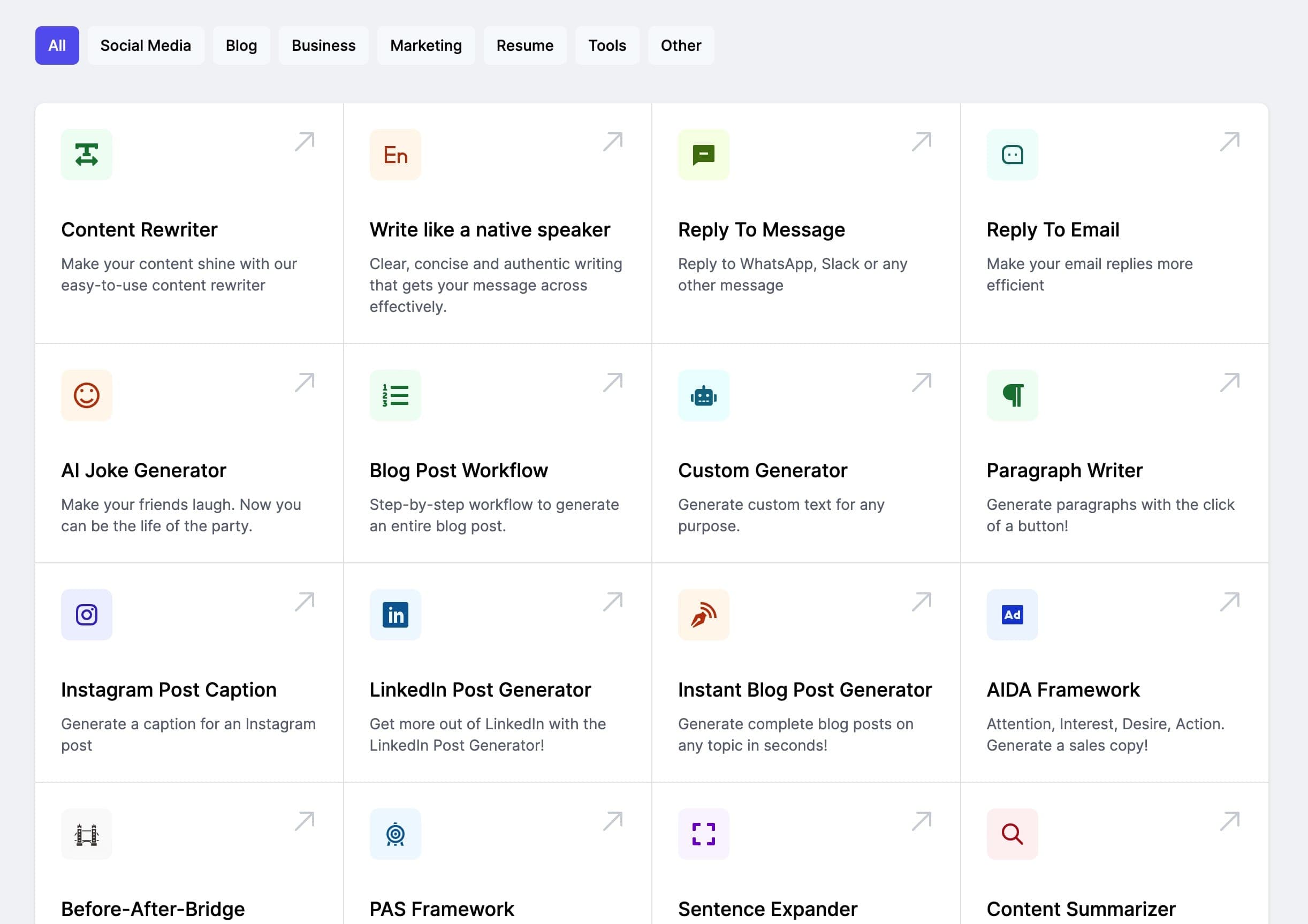Geografia
Quiz de Geografia - 6º Ano
Pergunta 1
Qual é a capital do Brasil?
A) Brasília
B) Rio de Janeiro
C) São Paulo
D) Salvador
Resposta correta: A) Brasília
Explicação: Brasília foi inaugurada como a capital do Brasil em 21 de abril de 1960, com o objetivo de promover o desenvolvimento do interior do país.
Pergunta 2
Qual é o maior continente do mundo?
A) América
B) África
C) Ásia
D) Europa
Resposta correta: C) Ásia
Explicação: A Ásia é o maior continente em área e população, cobrindo cerca de 44,58 milhões de km² e abrigando mais da metade da população mundial.
Pergunta 3
Verdadeiro ou Falso: O Oceano Atlântico é o maior oceano do mundo.
Resposta correta: Falso
Explicação: O Oceano Pacífico é o maior oceano, enquanto o Atlântico é o segundo maior.
Pergunta 4
Qual dos seguintes rios é o mais longo do mundo?
A) Rio Nilo
B) Rio Amazonas
C) Rio Yangtze
D) Rio Mississippi
Resposta correta: A) Rio Nilo
Explicação: O Rio Nilo é tradicionalmente considerado o mais longo do mundo, com aproximadamente 6.650 km, embora haja debates sobre o comprimento do Amazonas.
Pergunta 5
Qual é o clima predominante na região do sertão nordestino brasileiro?
A) Tropical
B) Equatorial
C) Semiárido
D) Temperado
Resposta correta: C) Semiárido
Explicação: O sertão nordestino tem um clima semiárido, caracterizado por baixas precipitações e longos períodos de seca.
Pergunta 6
Qual país é conhecido como a "Terra do Sol Nascente"?
A) Japão
B) China
C) Coreia do Sul
D) Tailândia
Resposta correta: A) Japão
Explicação: O Japão é chamado de "Terra do Sol Nascente" porque em sua língua, o nome do país significa "origem do sol".
Pergunta 7
Qual é a principal forma de relevo encontrada na região Amazônica?
A) Planaltos
B) Montanhas
C) Planícies
D) Colinas
Resposta correta: C) Planícies
Explicação: A região Amazônica é predominantemente composta por planícies, que são áreas com pouca variação de altitude, facilitando o crescimento da floresta tropical.
Pergunta 8
Qual das opções abaixo representa o processo de urbanização?
A) Aumento da população rural
B) Migração da população do campo para a cidade
C) Crescimento das áreas agrícolas
D) Diminuição das metrópoles
Resposta correta: B) Migração da população do campo para a cidade
Explicação: A urbanização é caracterizada pelo aumento da população nas áreas urbanas devido à migração e ao crescimento natural da população.
Pergunta 9
Verdadeiro ou Falso: O Brasil é o país com a maior biodiversidade do mundo.
Resposta correta: Verdadeiro
Explicação: O Brasil abriga a maior parte da Floresta Amazônica e é um dos países com a maior diversidade de espécies de flora e fauna do planeta.
Pergunta 10
Qual é o nome do movimento de massas de ar que traz chuvas para o Brasil durante o verão?
A) Frente Fria
B) Monções
C) Brisa Marítima
D) Ciclones Extratropicais
Resposta correta: A) Frente Fria
Explicação: As frentes frias são responsáveis por trazer umidade e provocar chuvas, especialmente nas regiões Sudeste e Sul do Brasil durante o verão.
